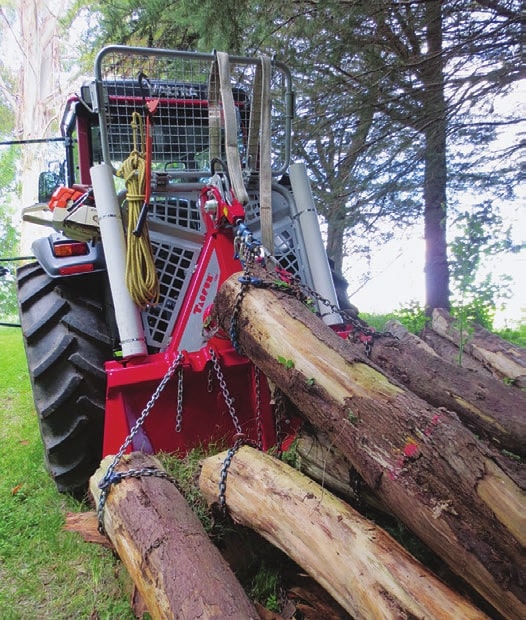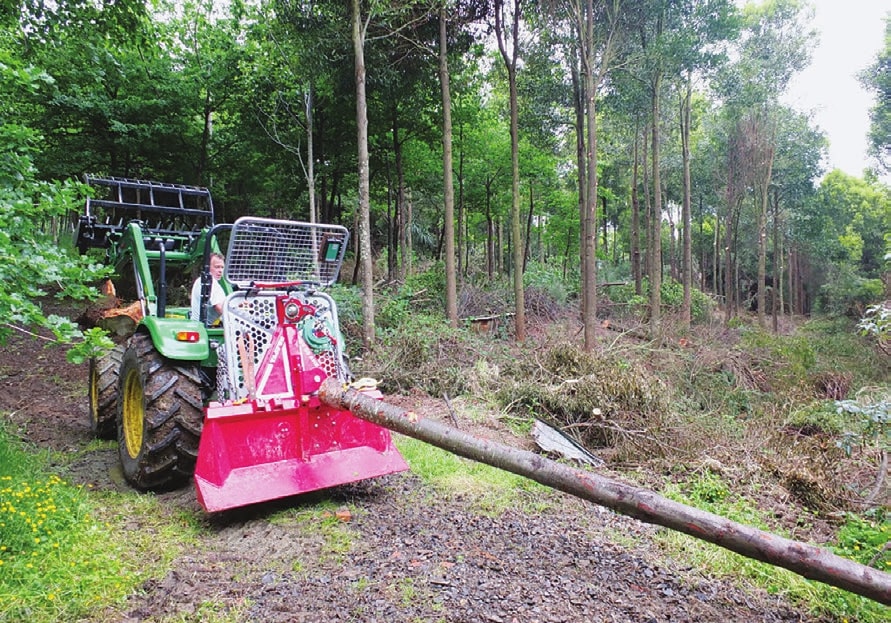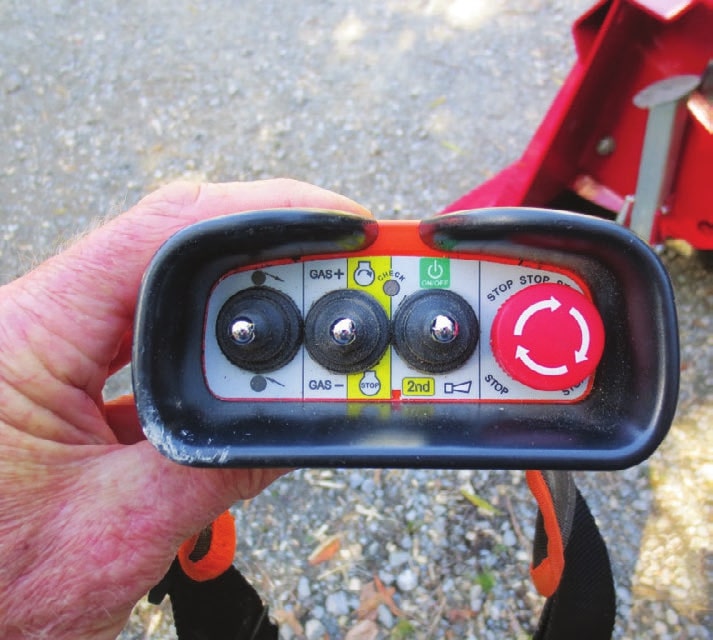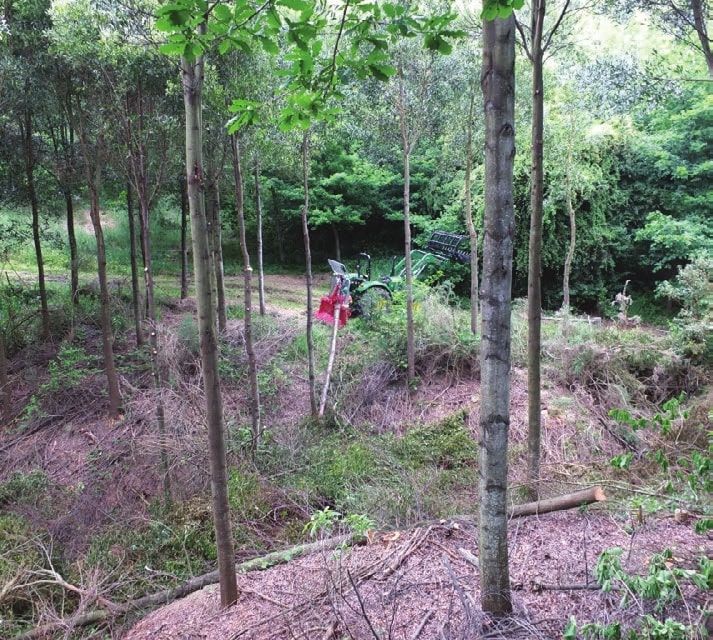Managing riparian areas for timber and carbon How to get the most from fencing streams
Roger May, New Zealand Tree Grower February 2017.
This article follows on from the article in the August 2016 Tree Grower. This was about government proposals to make stream fencing mandatory on farms and how planting extended riparian or stream-side areas in trees can earn carbon credits and therefore offset the cost of the fencing. The article is about managing those trees for timber while maintaining carbon sequestration and revenues from carbon credits.
In most farming situations, streamside soils are higher quality and have higher and more consistent soil moisture levels than the surrounding land. However, on flatter land, these areas may be saturated at times and prone to flooding. Generally, they are prime sites for growing high value timber trees.
There are a number of high value species which are suited to these conditions. The August Tree Grower article pointed out that the Ministry for Primary Industries carbon calculation tables for exotic hardwoods contained the greatest carbon sequestration values of all the tables. Therefore, choosing exotic hardwood species for riparian planting has clear advantages.
Choosing the right species
In choosing species it is important to consider their potential to become weeds by self-propagation either by seeding or suckering. Species such as willow, many poplar species, cherry, wattles, sycamore and robinia all have this potential and are best left off the shortlist.
Those that can be recommended include red alder, red oak, English oak, London plane, tulip tree, pin oak, European beech, elm which is Dutch elm disease resistant, Linden lime and a handful of eucalypt species. All produce high quality timber and, with the exception of the eucalypts, are deciduous.
My favourite is red alder. It is easy to establish, nitrogen fixing and relatively quick growing reaching 40 cm diameter at breast height in about 25 years. Its roots will not clog waterways like willow does, and yet still stabilises stream banks. It also serves as a useful nurse for native understorey. It is easy to mill and season, and produces a stable, medium density, light brown timber suitable for panelling, joinery and furniture. I have used New Zealand-grown red alder for cupboard doors. It grows naturally in the Pacific north west and clear boards retail in the United States for over $2,000 a cubic metre.
Careful harvesting
One of the great benefits of growing higher value timber trees is that they can stand the cost of more sensitive harvesting methods such as single tree or shelter wood systems. It should be obvious that clear cutting a riparian area would be counter-productive given the inevitable effects on soil, water and habitat values. The key to managing these riparian areas is to retain canopy cover and just select individual trees and small groups for a periodic harvest.
As in our sustainably managed native forests, felling requires care and skill to avoid damaging the retained stems. Using the right equipment for extraction is also important. I use a purpose-built winch imported from Europe mounted on a 70hp four wheel-drive tractor. It has a 6.5 tonne pull with 110 metres of rope. It is radio controlled which lets me walk up with the log as it is being extracted and halt the drag where I need to flick the rope out of bush blocks as it zigzags up through standing trees.
The winch also has a power feed to help with pulling the rope out. These winches are ideal for shelter wood harvesting where the majority of the stand is retained and cost about $10,000 to $15,000 new.




Milling it yourself
Another important point is that it is nearly always better for the grower to retain ownership of the logs. Converting logs to timber takes considerable effort but significantly improves profitability of growing these higher value species.
I have found it best to engage a portable sawmiller, usually with a thin kerf Woodmiser bandsaw mill, and with some experience in milling hardwoods. I generally get logs sawn into 40 or 50 mm planks before fillet stacking and drying under cover. While I have found that it is often easier to sell the timber once it has been machined for a specific end-use such as flooring, tongue and groove panelling or furniture blanks, some customers are more interested in dry rough-sawn planks. Under the Emissions Trading Scheme, sequestration from the growth of trees planted after 1989 can earn carbon credits if entered into the scheme. However, a large proportion, but not all, the credits must be ‘surrendered’ to account for the loss of carbon by harvesting. In a shelter wood, the growth in the remainder of the stand will usually offset this liability, certainly until such time as the planted area reaches full maturity.
For more information, you can contact Tomorrows Forests Ltd on info@tomorrowsforests.co.nz or phone 03 526 8719.

 Farm Forestry New Zealand
Farm Forestry New Zealand

